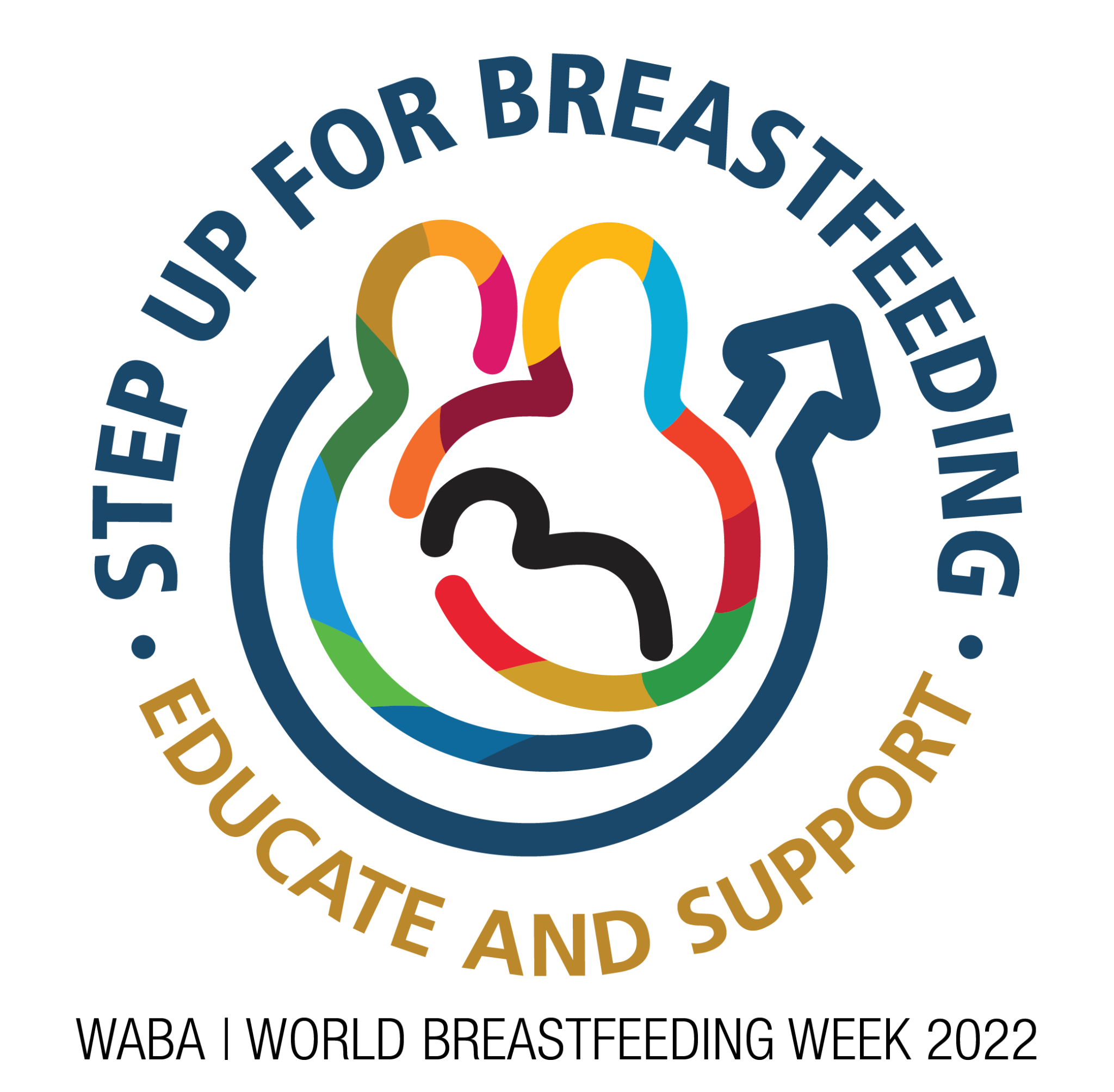“I am on a diet” should be one of the most misunderstood statements. Being on a diet translates to a […]

Is emotional eating an addiction?
Drugs and alcohol will come first in people’s minds most of the time if not all the time when we […]

Step up for Breastfeeding
The World Breastfeeding week 2022 is focused on strengthening the capacity of actors that have to protect, promote and support […]

Hemorrhoids and diet
The embarrassment, isolation and shame cannot begin to explain the agony people suffering from hemorrhoids (HEM-uh-roids) also known as piles […]

Nutrition fact labels
Packed food items often have information that comes with it but I bet many of us do not go past […]
